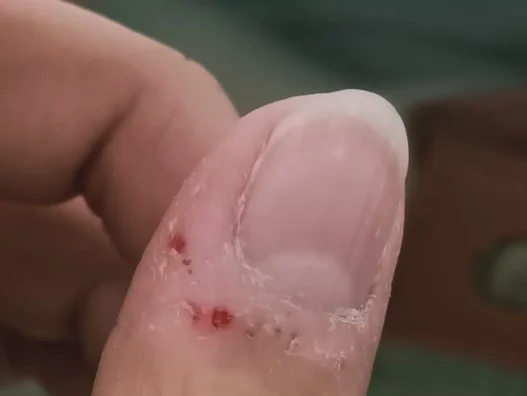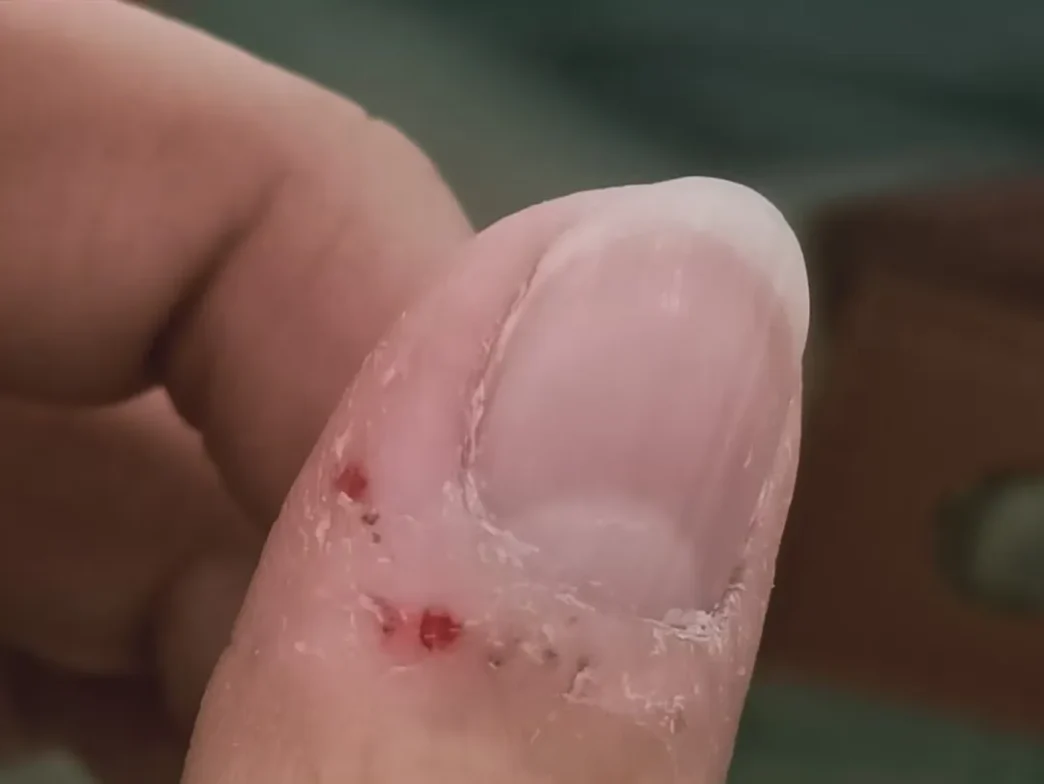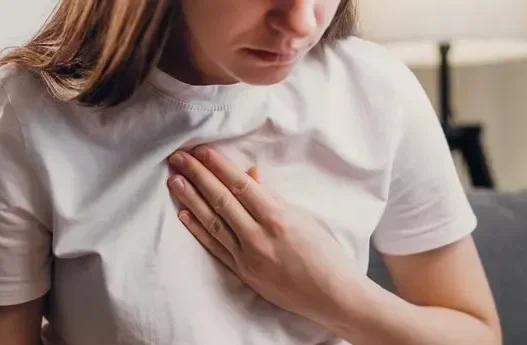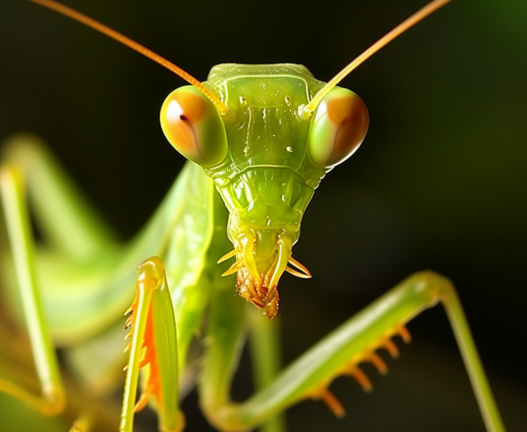When autumn and winter arrive, annoying hangnails seem to pop up more frequently. While you know you shouldn’t pull them, it’s often hard to resist.
Some unfortunate experiences shared online serve as warnings: pulling hangnails can lead to redness, swelling, and pus-filled fingers. In severe cases, it can even result in nail removal or bone amputation.
But those tiny, spiky bits of skin on your fingers are so tempting to pull! And the pain they deliver when you use your hands—like reaching into your pocket or peeling a fruit—makes it even harder to ignore.
However, pulling a hangnail might just be the beginning of a painful journey. To help you handle this issue better, we’ve answered common questions about hangnails. Whether you’re dealing with recurring hangnails or looking for ways to prevent them, this guide has you covered.
5 Truths About Hangnails
1. Are Hangnails Caused by a Vitamin Deficiency?
No, hangnails are not caused by a lack of vitamins.
While certain skin problems can arise from vitamin deficiencies, they are relatively rare and usually chronic, accompanied by other health issues like poor growth or severe dietary imbalances.
In medical terms, hangnails are known as “paronychia.” They occur when the outermost layer of skin around the nails peels abnormally, forming small, spiky pieces.
The skin around your nails is particularly prone to this issue. Unlike other parts of your fingers, this area is thinner and lacks sweat and oil glands to naturally moisturize it. Frequent use of alkaline soaps or detergents can exacerbate dryness. Additionally, repeated friction—such as from kids who play a lot, individuals doing housework, or nail biters—can make hangnails more likely.
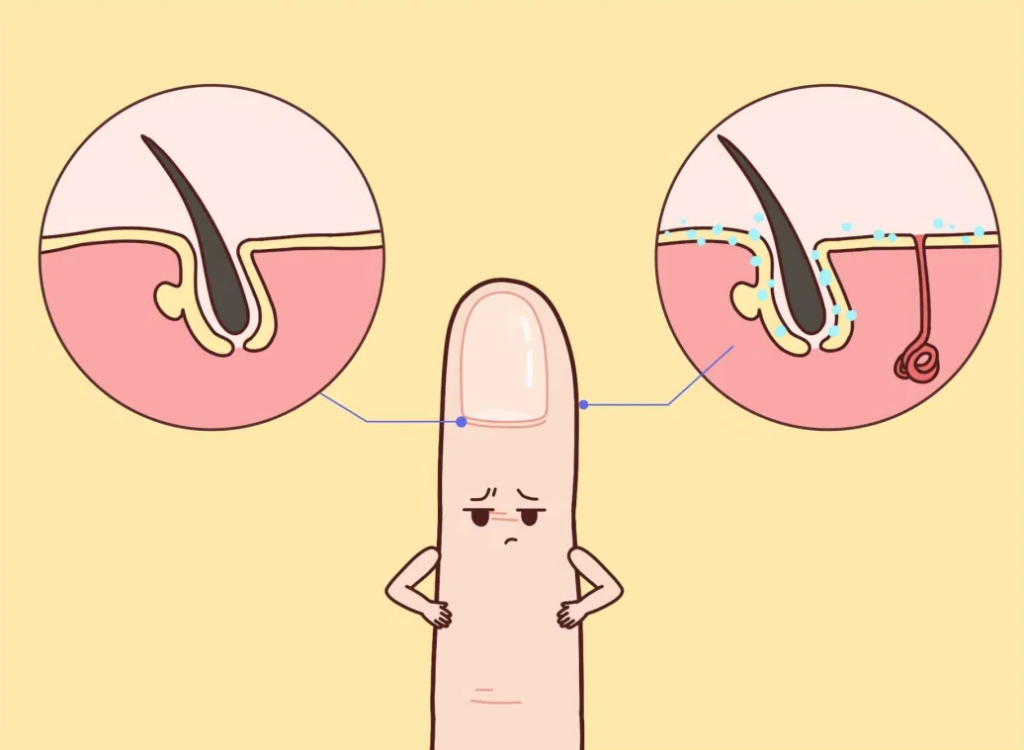
2. How Can I Stop Hangnails From Coming Back?
Hangnails are primarily caused by dryness and friction. To address them effectively, focus on moisturizing and minimizing irritation.
Step 1: Trim Hangnails Carefully
Use clean tools like nail clippers or special hangnail trimmers to cut the protruding skin. Always disinfect the tools with iodine or alcohol before use, and never use rusty or unclean equipment.
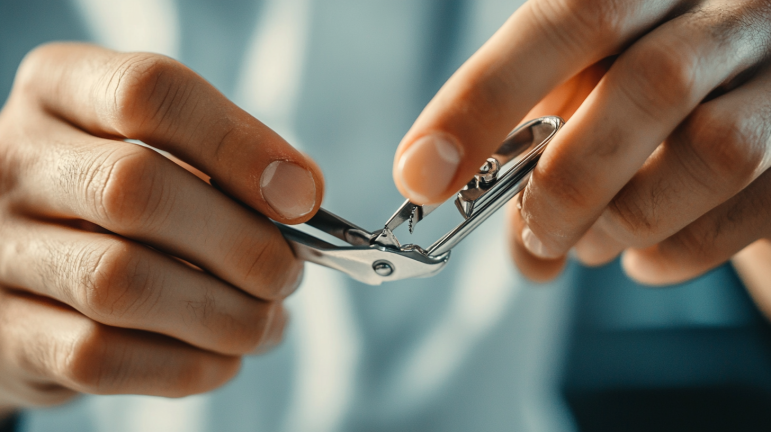
Step 2: Keep the Area Moisturized and Reduce Friction
Apply hand cream regularly, paying special attention to the skin around your nails. You can also use cuticle oil, which forms a protective layer and helps soften the skin.
Avoid harsh alkaline cleaning products, and limit excessive friction or prolonged exposure to water when hangnails are present. Be sure to dry your hands thoroughly.
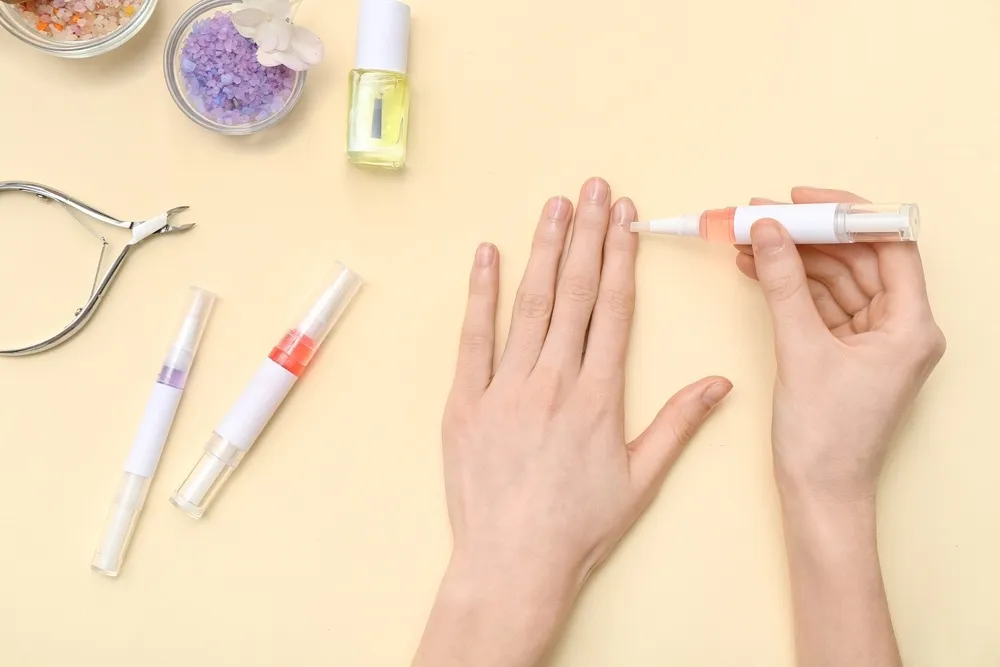
3. Can Hangnail Wounds Get Infected From Public Surfaces?
1) Can Hangnails Lead to HIV Infection From Shared Items?
Highly unlikely.
For example, with manicure tools, the chance of HIV transmission is minimal. Even if a tool has traces of the virus, most of it would be inactive due to exposure to air and dry environments, where HIV cannot survive for more than three hours.
Moreover, the risk of infection through small wounds like hangnails is less than 0.3%, as the wound itself provides a natural barrier.
2) Do I Need a Tetanus Shot If I Touch Rusty Objects?
In most cases, no.
Hangnail wounds that come into contact with rusty items have a very low risk of tetanus. Disinfect the area with iodine to protect the wound. Whether you need a tetanus shot depends on the depth and nature of the wound. Superficial wounds from hangnails don’t typically require one. Only deep or large open wounds from rusty or contaminated objects necessitate a tetanus vaccine.
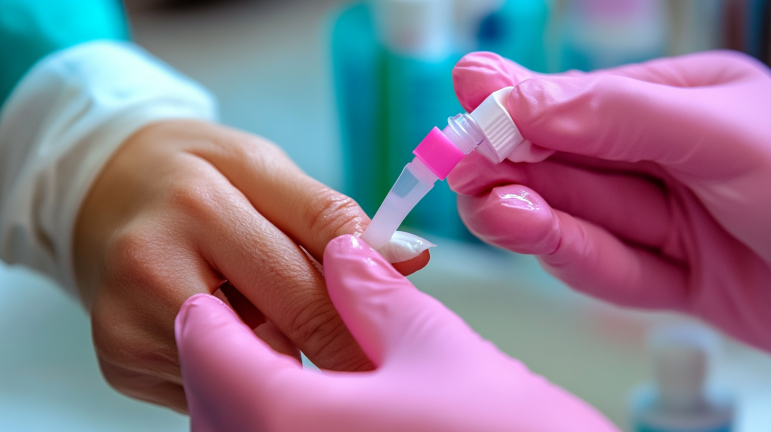
3) What If I Handle Seafood and My Hangnail Wound Turns Red and Swollen?
If there’s only mild redness and swelling, it likely isn’t Vibrio vulnificus (a dangerous marine bacterium). Disinfect the wound and apply an antibiotic ointment.
Vibrio infections typically progress rapidly within 24–48 hours, causing severe symptoms like blistering, blackened skin, extreme pain, and fever. If you have open wounds, avoid direct contact with seafood or seawater.
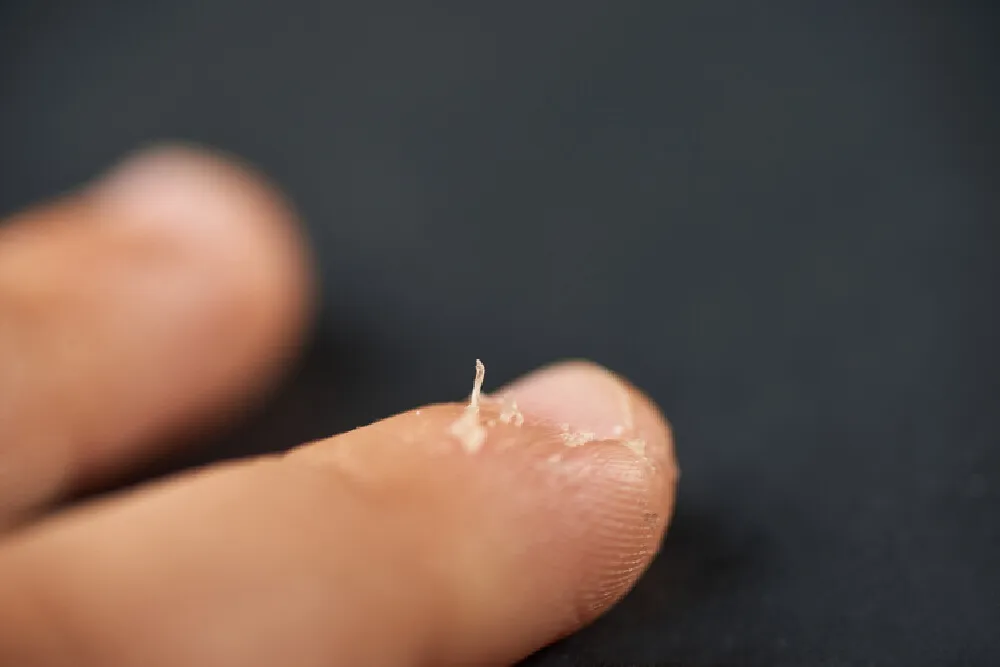
4. What Should I Do If a Pulled Hangnail Becomes Red and Infected?
If you accidentally pull a hangnail, monitor the area closely and treat it promptly.
The most common aftermath is redness and pain around the wound. Clean it with iodine and apply mupirocin ointment.
If pus develops, consult a dermatologist for professional cleaning and disinfection. Avoid trying to puncture the wound yourself, as improper handling can worsen the infection and even lead to systemic issues.
If the infection persists despite treatment or symptoms worsen (e.g., increased redness, swelling, or pain), see a doctor immediately. In severe cases, untreated hangnail infections can progress to conditions like osteomyelitis (bone infection), requiring antibiotics, surgical debridement, or even bone amputation.
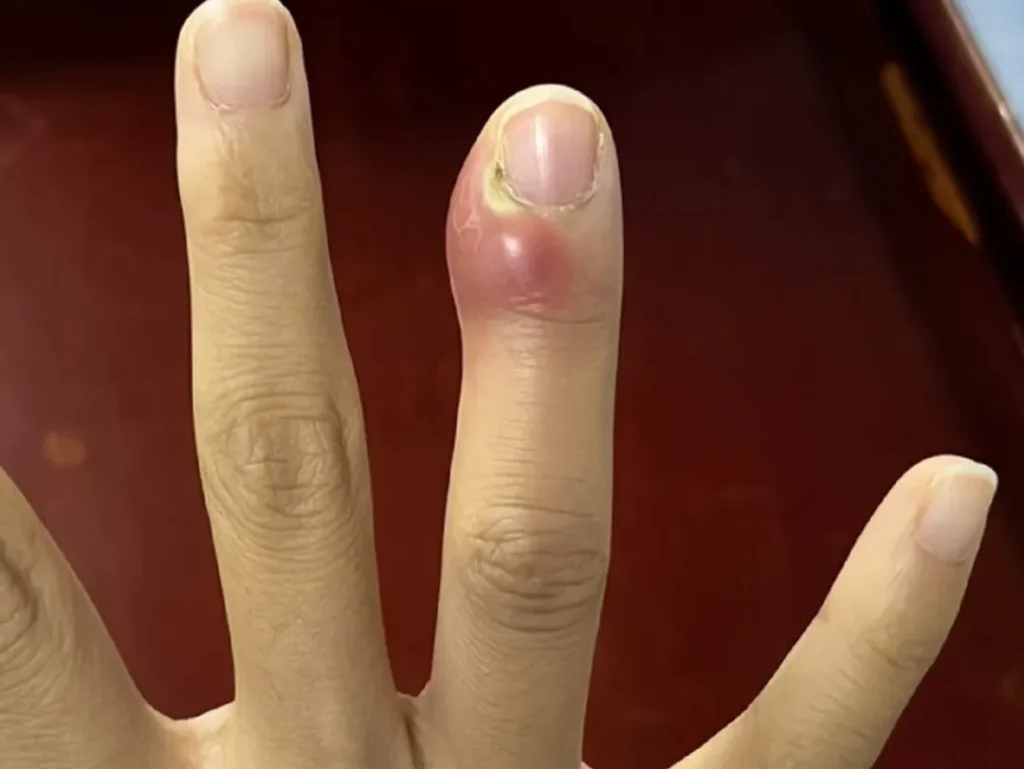
5. What If I Get Hangnails on My Feet?
Hangnails on the feet are often caused by friction from shoes and socks.
Wear comfortable, well-fitting footwear and keep the area moisturized. Treat any wounds the same way as you would on your hands—clean and disinfect them thoroughly.
Note: Athlete’s foot can also cause skin peeling and scaling. If you’re unsure, consult a dermatologist for proper diagnosis and treatment.
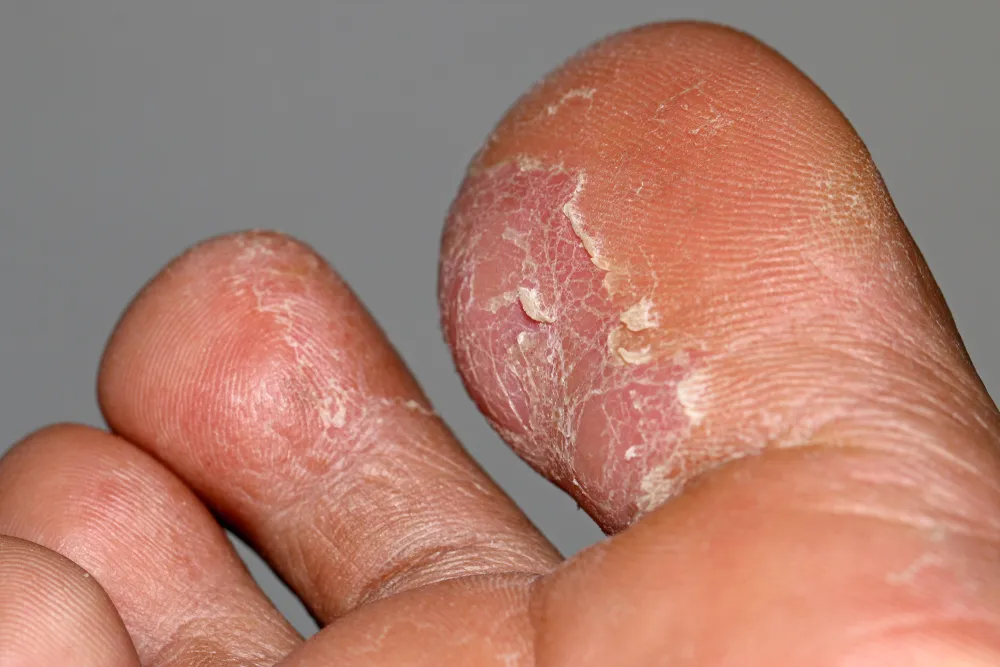
Quick Tips to Prevent and Manage Hangnails
- Don’t pull hangnails. Trim them carefully.
- Keep your hands moisturized daily.
- Disinfect wounds immediately and seek medical help if they worsen.
By taking these precautions, you can say goodbye to the nuisance of hangnails!







